There is no clear response to this question since each application is unique. When developing a plan for your app’s go-to-market, you must conduct analysis and ideally select an optimal monetization strategy for your app and overall company goals. Selecting the appropriate mobile app monetization model is critical for the viability of any mobile application and, as a result, may have a detrimental effect on the overall user experience if done incorrectly. How can you achieve a sustainable sales source without jeopardizing the app’s comprehensive functionality and user experience? Choosing the suitable mobile app monetization strategies will directly affect success, impacting both sales and consumer acceptance.
Before Selecting A Monetization Strategy
-
Recognize the audience.
Before deciding on a monetization approach, you must ascertain and comprehend your target demographic. Determine the audience’s demographics and app usage habits. Begin by reviewing data and tailoring the efforts to their activities. Do they prefer to ingest information via film, for instance?
-
Concentrate on a core group of consumers.
Is the software addressing a small group of users’ pain points, or is it aimed at a broad audience? Strive to offer a high level of service to a small number of highly targeted consumers, which usually results in profitability. This enables creating an experience customized to the individual desires of a particular user community.
-
Create a worthwhile offering.
If you have determined the importance your software brings to consumers, you will develop a roadmap for mobile app monetization. The more reputation you have, the more likely your customers are to pay.
Mobile App Monetization Strategies
The bulk of applications are developed for the express purpose of producing sales. However, only a limited percentage of them do so successfully. Several valuable techniques for monetizing the application are discussed below.
-
Advertisements
You will remove the cost obstacle (pay per download) through ads, which would enable more users to download your product. Advertising is often seen in conjunction with other revenue streams. The following are the most frequently used ad formats:
Banner Ads are usually placed at the top or bottom of an application and are often inefficient due to their higher level of distraction than other ad formats. They may also be a source of frustration for your customers, so remember the customer experience before adopting this strategy.
Interstitial advertisements are inserted at critical points in an application. They have the appearance of a television advert and are usually a recording. It is widespread in game apps, where it often performs well when executed properly.
Rewards Ads are activated when an app occurs, such as winning a reward or achieving a goal. The customer would see a pop-up window offering them a voucher, gift card, or voucher. Additionally, the app’s owner will be compensated. The customer benefits, as does the application’s publisher.
What is the appropriate time to choose an Advertising Method?
- You have no intention of generating revenue directly from consumers.
- In-app transactions would disrupt the user interface or would look out of place inside the app.
- Due to the essence of your application, repeated trips and lengthy sessions are inevitable.
Although mobile app advertising is an efficient form of monetization, it may be invasive if the advertisements do not apply to the consumers, thus degrading the overall user experience.
-
Paid Installation
The most straightforward way to monetize your product is to market it in the app store. You should be able to demonstrate that the software is novel and distinct from related free applications.
Users incur a one-time charge for a paid download. It is a challenging model because persuading people to pay for an app is not easy especially when there are too many free options available.
When is it appropriate to use a paid Download Method?
- You have a good publicity and public relations presence.
- The app adds value to free, comparable alternatives.
- Price is directly proportional to value.
-
Purchases made inside the application.
Inside the software, in-app sales are used to sell interactive or tangible items. In this approach, the smartphone serves as a distribution outlet or a handheld bookstore.
What is it appropriate to use In-App Purchases?
- You have created a shopping, entertainment, or utility app.
- Profitability is possible despite app store fees.
- Users benefit significantly from in-app transactions.
- The user interface is sufficient to enable repeat usage even in the absence of sales.
Although in-app purchases have historically been the primary monetization method for top-grossing applications, especially games, they need well-designed rewards to buy that do not detract from the user experience. However, if the software fails to pique consumers’ interest, they may not invest further.
-
Freemium
A freemium application includes features that are password protected. The software is accessible for free through this approach due to the freemium business model, but certain functions are locked, and unlocking them costs money. If the consumer has access to the app’s standard capabilities, he must incur a fee to utilize the app’s exclusive or paid functions. This assists in engaging and accumulating consumers who are willing to pay for additional in-app features.
The freemium model allows consumers to use the software for free but has paid functionality that they must pay for. This model is based on the potential to draw free users and entice them to pay for paid features. Typically, in-app purchases enable consumers to access new capabilities, subscribe to a service, or purchase virtual products in a free app.
When is it appropriate to use the Freemium Model?
- You desire a balance of income from advertisements and consumers.
- Premium features provide significant benefits to consumers.
- The free edition is sufficient to entice consumers and enable them to buy additional features.
Other market types, such as in-app advertisements and freemium, will continue to be dominated by in-app advertising and freemium. Subscriptions will continue to be a highly effective form of in-app purchasing as developers continue to monetize their content.
-
Subscriptions or Paid Content
Like the Freemium model, the material is locked rather than functional. After viewing a limited number of materials for free, the user may sign up for a paying account to access more content. Service-oriented applications may benefit from this approach and generate recurring revenue. Netflix or Spotify are two examples.
When Is The Appropriate Time To Choose A Subscription Method?
- Your application is entirely content-driven (news, music, video)
- The app’s design supports regular, repeated use.
Successful monetization is contingent upon developing the most successful approach possible. A time-tested approach is to avoid relying on a particular method of monetization and therefore use several strategies. Although the market is saturated with advertisement solutions, surveys indicate that many developers opt for one of these five monetization methods.
Monetization & User Experience of Mobile Applications
Monetization must still be weighed against the consumer interface. While an advertisement-supported app can include free content, consumers will abandon it if the advertising is too disruptive or interferes with their experience with the app’s content. Similarly, if a customer has charged for an app rental, they would be incensed to see interstitial advertising when viewing a movie.
Any queries about mobile app monetization strategies? feel free to contact us today.
Also check: app pricing strategies | How to make money from mobile app |
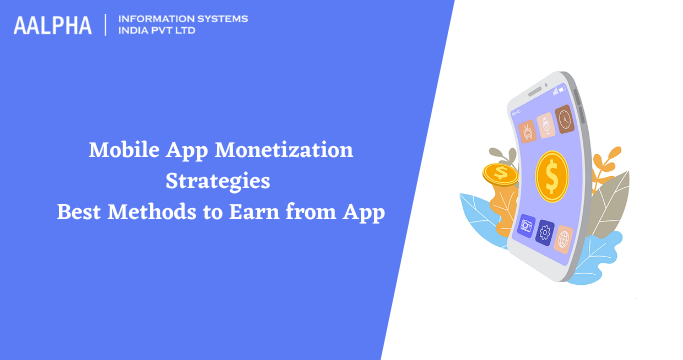
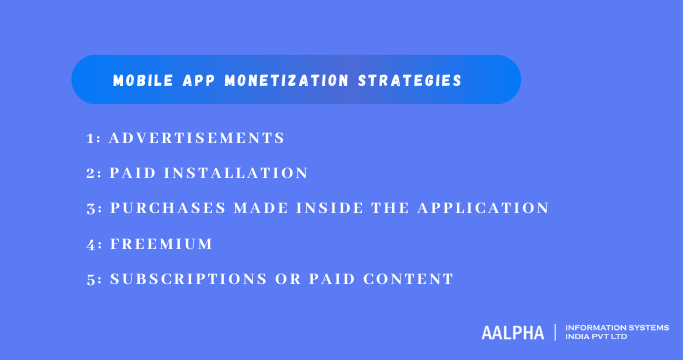
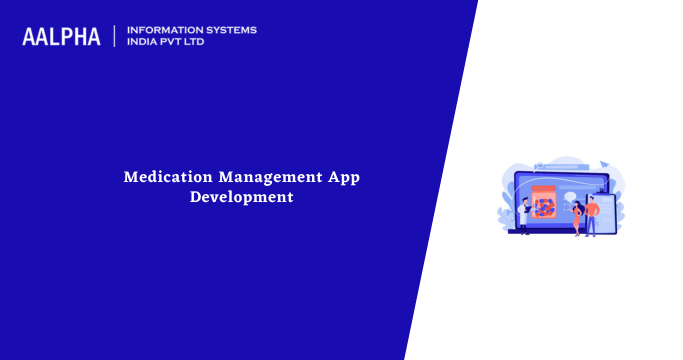
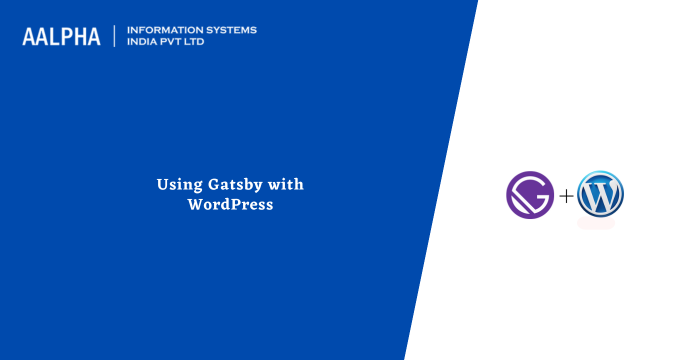
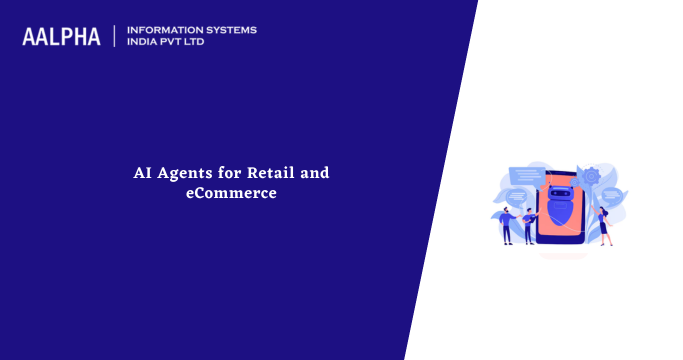
Share This Article:
Written by:
Muzammil K
Muzammil K is the Marketing Manager at Aalpha Information Systems, where he leads marketing efforts to drive business growth. With a passion for marketing strategy and a commitment to results, he's dedicated to helping the company succeed in the ever-changing digital landscape.
Muzammil K is the Marketing Manager at Aalpha Information Systems, where he leads marketing efforts to drive business growth. With a passion for marketing strategy and a commitment to results, he's dedicated to helping the company succeed in the ever-changing digital landscape.